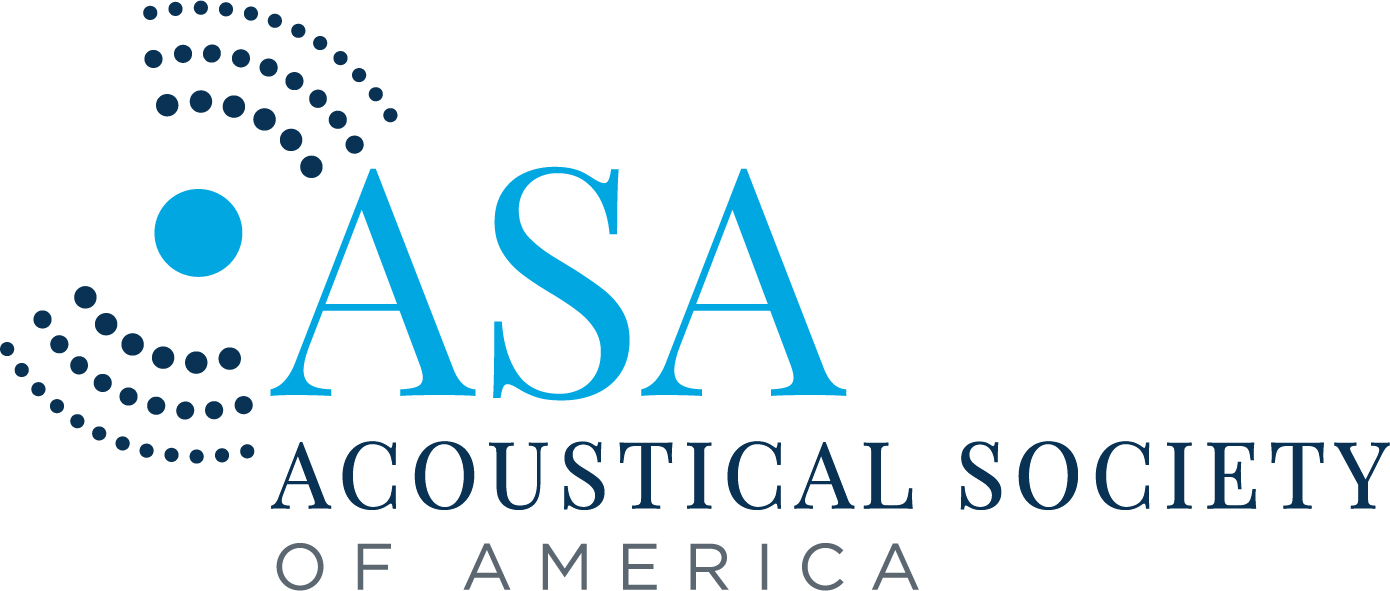A general method to obtain clearer images at a higher resolution than theoretical limit
Jian-yu Lu – jian-yu.lu@ieee.org
X (Twitter): @Jianyu_lu
Instagram: @jianyu.lu01
Department of Bioengineering, College of Engineering, The University of Toledo, Toledo, Ohio, 43606, United States
Popular version of 1pBAb4 – Reconstruction methods for super-resolution imaging with PSF modulation
Presented at the 186 ASA Meeting
Read the abstract at https://doi.org/10.1121/10.0026777
–The research described in this Acoustics Lay Language Paper may not have yet been peer reviewed–
Imaging is an important fundamental tool to advance science, engineering, and medicine, and is indispensable in our daily life. Here we have a few examples: Acoustical and optical microscopes have helped to advance biology. Ultrasound imaging, X-ray radiography, X-ray computerized tomography (X-ray CT), magnetic resonance imaging (MRI), gamma camera, single-photon emission computerized tomography (SPECT), and positron emission tomography (PET) have been routinely used for medical diagnoses. Electron and scanning tunneling microscopes have revealed structures in nanometer or atomic scale, where one nanometer is one billionth of a meter. And photography, including the cameras in cell phones, is in our everyday life.
Despite the importance of imaging, it was first recognized by Ernest Abbe in 1873 that there is a fundamental limit known as the diffraction limit for resolution in wave-based imaging systems due to the diffraction of waves. This effects acoustical, optical, and electromagnetic waves, and so on.
Recently (see Lu, IEEE TUFFC, January 2024), the researcher developed a general method to overcome such a long-standing diffraction limit. This method is not only applicable to wave-based imaging systems such as ultrasound, optical, electromagnetic, radar, and sonar; it is in principle also applicable to other linear shift-invariant (LSI) imaging systems such as X-ray radiography, X-ray CT, MRI, gamma camera, SPECT, and PET since it increases image resolution by introducing high spatial frequencies through modulating the point-spread function (PSF) of an LSI imaging system. The modulation can be induced remotely from outside of an object to be imaged, or can be small particles introduced into or on the surface of the object and manipulated remotely. The LSI system can be understood with a geometric distortion corrected optical camera in the photography, where the photo of a person will be the same or invariant in terms of the size and shape if the person only shifts his/her position in the direction that is perpendicular to the camera optical axis within the camera field of view.
Figure 1 below demonstrates the efficacy of the method using an acoustical wave. The method was used to image a passive object (in the first row) through a pulse-echo imaging or to image wave source distributions (in the second row) with a receiver. The best images obtainable under the Abbe’s diffraction limit are in the second column, and the super-resolution (better than the diffraction limit) images obtained with the new method are in the last column. The super-resolution images had a resolution that was close to 1/3 of the wavelength used from a distance with an f-number (focal distance divided by the diameter of the transducer) close to 2.
 Figure 1. This figure was modified in courtesy of IEEE (doi.org/10.1109/TUFFC.2023.3335883).
Figure 1. This figure was modified in courtesy of IEEE (doi.org/10.1109/TUFFC.2023.3335883).
Because the method developed is based on the convolution theory of an LSI system and many practical imaging systems are LSI, the method opens an avenue for various new applications in science, engineering, and medicine. With a proper choice of a modulator and imaging system, nanoscale imaging with resolution similar to that of a scanning electron microscope (SEM) is possible even with visible or infrared light.

